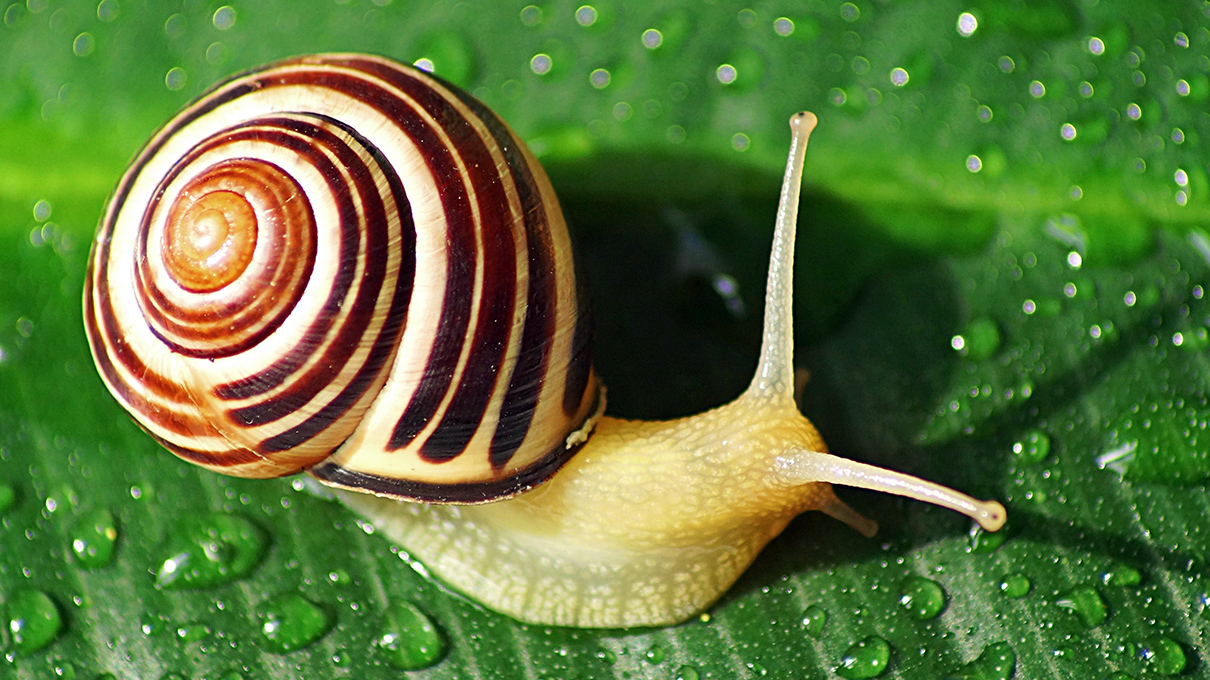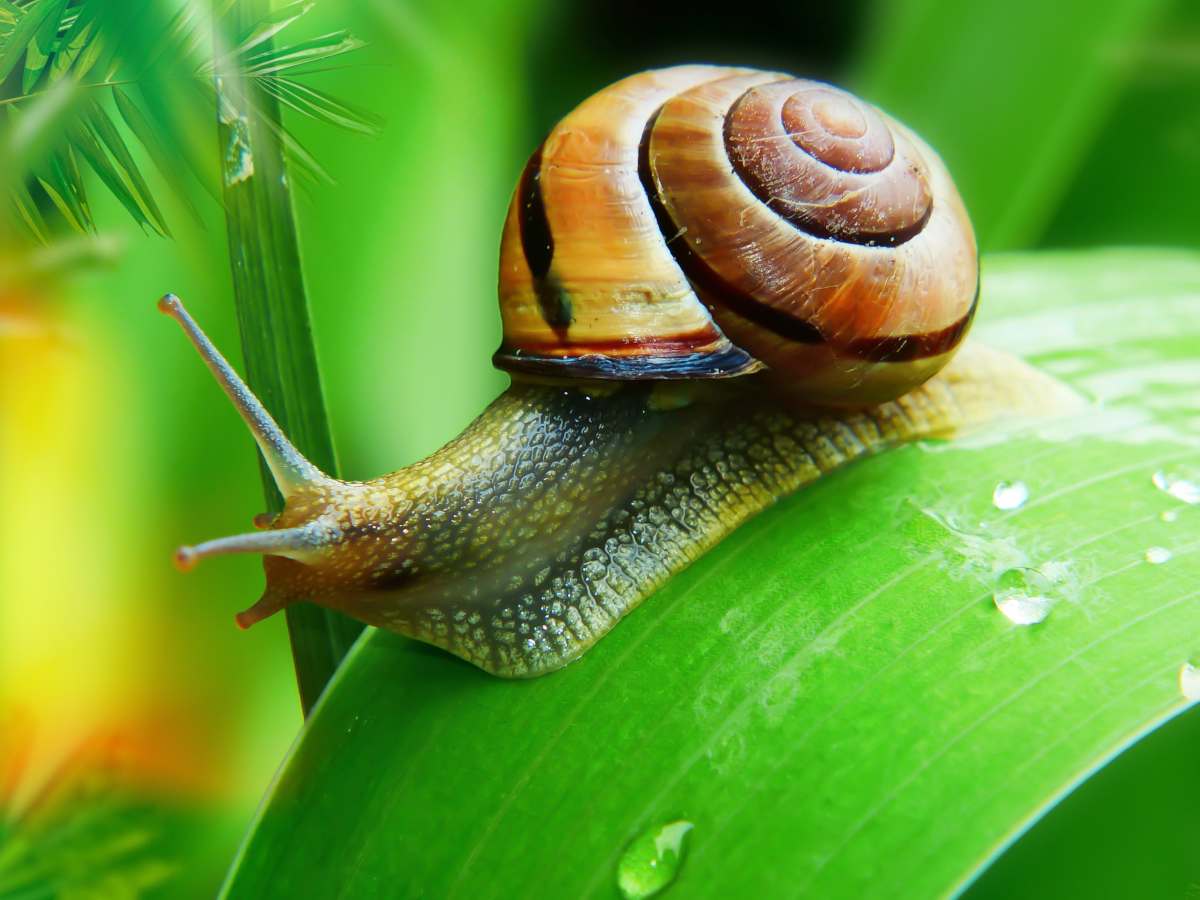How Fast Do Snails Move: Exploring the Sluggish Speed of Snails
Snails, known for their slow and deliberate movement, have captured the curiosity of nature enthusiasts and scientists alike. In this article, we'll delve into the intriguing world of snail locomotion, exploring the factors that influence their speed and shedding light on the fascinating adaptations that allow them to move at their own unique pace.
1. Introduction to Snails: Creatures of Deliberate Pace

Snails
Before we unravel the intricacies of snail movement, let's introduce these mollusks.
Snails belong to the gastropod class and are characterized by their coiled shells and the unique locomotion that has earned them the reputation of being some of the slowest creatures on Earth.
2. The Science of Snail Locomotion: A Unique Mechanism
Snail movement, or crawling, is driven by a specialized muscular foot located beneath their bodies.
This foot is equipped with a slimy secretion that helps reduce friction and facilitates movement.
3. The Delicate Balance: Speed vs. Energy Conservation
Snails have evolved to move at slow speeds as a means of conserving energy.
Their metabolisms are adapted to function efficiently at their gradual pace, making the most of the limited resources available to them.
4. Factors Influencing Snail Speed: Size and Species
Snail speed varies among different species and is influenced by factors such as size, shell weight, and environmental conditions.
Smaller snails tend to move faster than larger ones.
5. Slow and Steady: Average Snail Speed

Slow and Steady
On average, snails move at a pace of about 0.03 miles per hour (0.048 kilometers per hour).
This leisurely speed allows them to navigate their surroundings while minimizing the energy expended.
6. Adaptations for Survival: The Significance of Slowness
Snails have embraced their sluggish nature as an adaptation for survival.
Their slow movement helps them avoid predators, find food sources, and navigate complex terrains.
7. Unveiling Snail Locomotion: The Process in Detail
Snail movement involves a rhythmic muscular contraction and expansion of their foot, which propels them forward.
Their slimy secretion serves as a lubricant, aiding their progression.
8. Environmental Influence: Temperature and Moisture
Environmental factors play a role in snail movement.
They are more active in damp and cool conditions, while extreme heat can cause them to become inactive and seek shelter.
9. Life in a Shell: Impact on Speed
The presence of a shell has an impact on a snail's speed.
While the shell provides protection, it also adds weight that can affect the snail's ability to move quickly.
In conclusion, the deliberate and unhurried movement of snails is a remarkable example of adaptation in the natural world. Their slow pace, while seemingly inconspicuous, is a crucial survival strategy that allows them to thrive in their environments. The intricacies of snail locomotion offer insights into the intricate balance of nature's designs, where every characteristic serves a purpose. So, the next time you come across a snail on its leisurely journey, take a moment to appreciate the beauty of their unique pace and the wonder of the natural world's diversity.